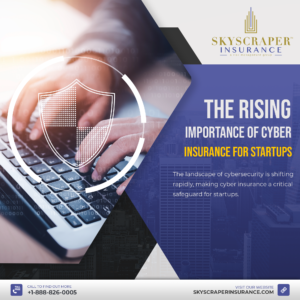Just in the past year, one in five Americans fell victim to identity theft or attempted identity theft.
Less than half of Americans have checked their credit or debit card statements to ensure that the charges match their actual purchases.
The pandemic has been a boon not only for online retailers but also for identity thieves. Law enforcement has reported a big spike in online scams during the COVID-19 pandemic, according to Gregory J. Anton, chairman of the American Institute of CPAs National CPA Financial Literacy Commission.
As a result, 60% of Americans believe it is likely that identity theft will cause them a financial loss in the next year, according to new research conducted by The Harris Poll on behalf of AICPA.
Among the key findings, more than half of Americans say they have increased their overall online shopping since the start of the pandemic, with nearly one-third saying it has increased significantly.
Since the start of the pandemic, 37% of U.S. online shoppers have stored logins, passwords or credit or debit card information on websites or apps, while only 3 in 10 have set up alerts on their credit or debit card for when a purchase is made without their card being present.
In the past year, one in five Americans has experienced identity theft or attempted identity theft.
Less than half of Americans have checked their credit or debit card statements to ensure that the charges match their actual purchases since the pandemic began. Further, 39% use the same username and/or password across multiple websites.
Although two-thirds of Americans have at least looked at their credit report, one-third never have checked it. Those with a household income of less than $50,000 were found to be twice as likely to never have looked at their credit report than those with a household income of $100,000 or more.
Kim Hardy, a member of the AICPA’s National CPA Financial Literacy Commission, offers steps online shoppers can take to better protect themselves.
First, “Don’t wait for suspicious activity to occur,” Hardy says. “Take time to check your credit score for free at least once a year with one of the three major credit reporting agencies.”
“Do your online shopping at home, where you know both the device and the network are secure,” Hardy said. “Check to make sure the shopping websites you visit are secure.”
Hardy warns consumers to be cautious of any unsolicited communications concerning COVID-19 that ask for personal information.
“Taking time to review your bank statements and credit card activity for unauthorized transactions, while also putting safeguards in place like complex passwords, credit card usage alerts and two-factor authentication, can go a long way to mitigate the threat of ID theft,” Anton concluded.




